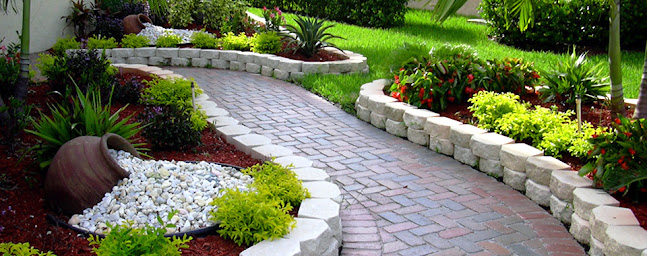How to pressure wash pavers and interlocking stone
Just like any other surface, pavers are also always susceptible to dirt. Especially in outdoor areas, it’s very common to see dust accumulation, and when it comes to pavers, it is natural that other types of unwanted “dirt” start to appear.
Weeds growing at the joints, mold, moss; they are just a few examples of unwanted presences on our pavers. And one of the most common methods of cleaning them is with a pressure washer. You just need to turn on the washer and go clean everything that stands in your path, right? No!
Although it seems easy, it’s important to remember that for every cleaning method, you must follow a series of guidelines to make sure you’re not damaging your pavers, especially when pressure washing.
In most cases, to get pavers clean with a pressure washer it requires using a jet style tip. This amount of pressure will easily damage the surface. Using a fan tip typically will not damage, but likely won’t achieve the level of clean you’re after.
If you pressure wash your pavers correctly, it will help your property look good as new. However, don't fret if you don't want to handle cleaning pavers with a pressure washer on your own—it can be intimidating because you don't want to ruin your patio and displace the pavers. Instead, rely on the experts who know how to pressure wash your pavers with care and efficiency.
Instead of using hand held guns, consider using rotation cleaners
The surface or rotation cleaner has a spinning head within a contained unit, with rotating arms – similar to a lawnmower. The arms spin as a result of the high pressure of water, which creates a scrubbing action. The greatest advantage in using an industrial surface cleaner is that they eliminate the “zebra” striping, which is typical to cleaning done with regular wands.
When more power is needed, use a turbo rotary nozzle but with care. This special attachment increases the psi substantially. It spins a zero degree spray, in a 4-8 inch circle, at over 3000 rotations per minute. The spinning water jet hits the surface from multiple angles, which quickly breaks down caked-on dirt and grime.
How to clean motor oil stains
The same as grease stains, oil stains can be removed with Professional Grade Oil and Grease remover. Depending on how long the grease or oil has been present on the surface of the stones, it may require more than oen use to remove the stain. With the oil sitting on the surface of the stones, it will penetrate deeper into the porous concrete. What this liquid remover does is it draws out that oil from the stone and becomes a powder that gets wiped away.
The directions are very clear and on the bottle. Simply shake and apply the liquid in temperatures above 15 degrees Celsius and wait five to eight hours for the liquid to absorb the oil or grease and turn into a powder. The powder can then be swept away. What will remain is a citrus based darker mark on your stones which will evaporate. Once this has evaporated, if the stain still exists then you can repeat with the same solution. Make sure that you follow the safety instructions on the bottle when using it.
Should you feel that pressure washing is to much hassle, you can always contact local professional pressure washing contractor in order to get the surfaces cleaned in safe and efficient manner.



Comments
Post a Comment